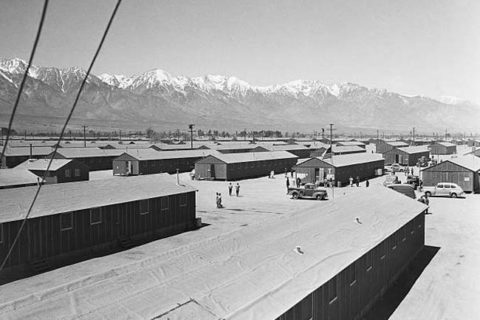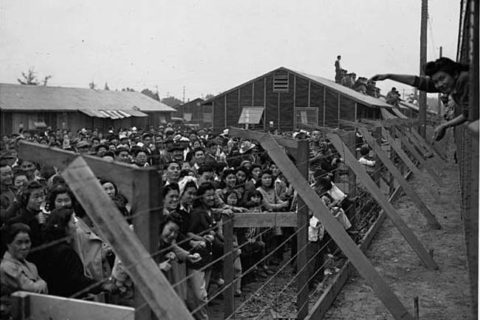Japanese American Incarceration during World War II refers to the forced relocation and internment by the United States government of approximately 120,000 Japanese Americans to internment camps. That action was a deeply dark period in American history. Also, the action was the culmination of the federal government’s long history of discriminatory and racist treatment of Asian immigrants and their descendants. The United States government implemented this action in response to the attack on Pearl Harbor by Japan on December 7, 1941. Well, in the text below, we will share some key points about the Japanese-American incarceration during World War II.
Background of the Japanese-American Incarceration
After the attack on Pearl Harbor by the Japanese aircraft that occurred on December 7, 1941, the United States War Department suspected that Japanese Americans acted as saboteurs or espionage agents, although there was no strong evidence to support that view. Later, several political leaders rounded up Japanese Americans, especially those living along the West Coast, and placed them in incarceration camps. A power struggle occurred between the United States Department of Justice that opposed moving innocent civilians, and the War Department that favored detention. Immediately after the Pearl Harbor attack, more than 1,200 Japanese American community and religious leaders were arrested. And, the assets of all accounts at Japanese bank branches in the United States were frozen.
Executive Order 9066
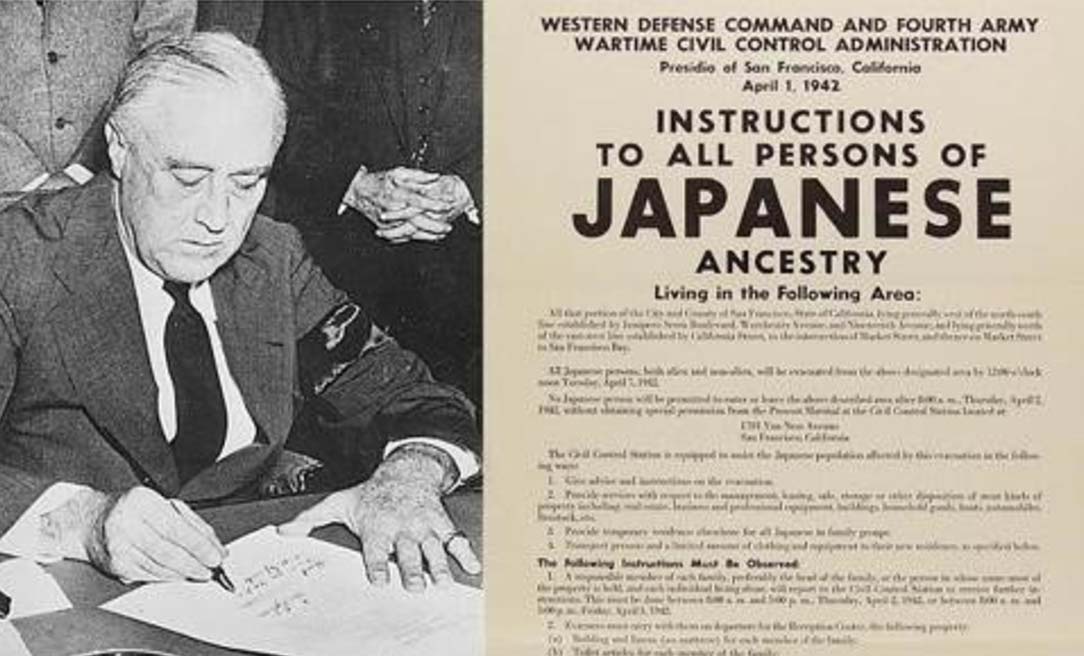
President Franklin D. Roosevelt signed Executive Order 9066 On February 19, 1942, shortly after the bombing of Pearl Harbor by Japanese forces. The order authorized the forced relocation and internment of Japanese Americans from the West Coast into the internment camps, with the stated intention of preventing espionage and sabotage on American shores. Under the Executive Order 9066, approximately 120,000 Japanese Americans were forcibly removed from their own homes. Also, Military zones were created in the states with a large population of Japanese Americans such as Washington, California, and Oregon.
Internment Camps
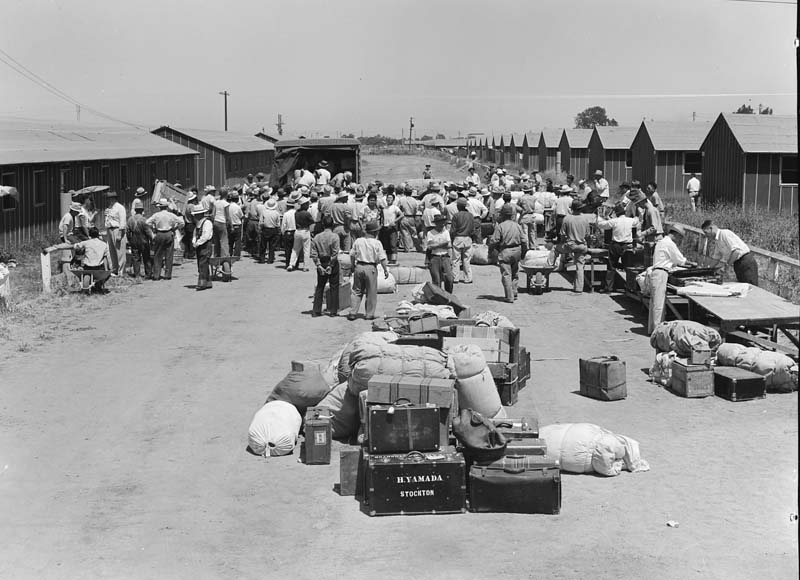
Under Executive Order 9066, President Franklin D. Roosevelt established internment camps. These internment camps were surrounded by barbed wire fences and armed guards. During World War II, Japanese Americans were housed in internment camps that were frequently often located in desolate areas of the United States. For your information, Manzanar was the first internment camp in operation that was located in east-central California. Between 1942 and 1945, a total of ten internment camps were opened, holding more than 120,000 Japanese Americans for varying periods of time in Arizona, Arkansas, California, Colorado, Utah, and Wyoming. This policy was applied in reaction to the Pearl Harbor attacks by the Japanese aircraft. Apparently, the Japanese-American incarceration was considered one of the most vicious violations of American civil rights in the 20th century. Despite never being accused of a crime, and without due process, Japanese Americans were forcibly evicted from their homes and incarcerated, simply because of their heritage.
Conditions in the Camps
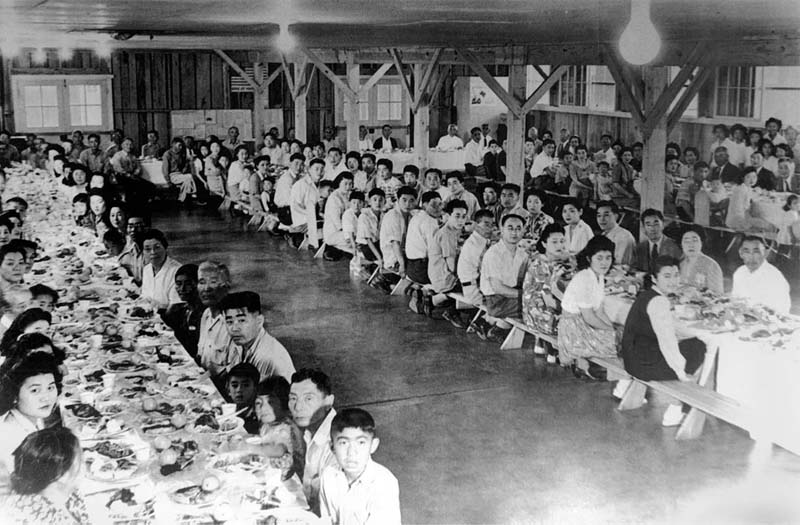
There were a total of 10 camps, called Relocation Centers. Each camp was completely surrounded by barbed wire fences and guard towers. Conditions in the camps were very simple. The camps included some barracks with communal eating areas and were equipped only with cots and coal-burning stoves. Also, people in the camps used shared bathroom and laundry facilities. Generally, the camps were run humanely. Some families were housed together. They were allowed to set up churches, farms, and schools. For residents who were labeled as dissidents, they were forced to a special camp in Tule Lake, California. At some Relocation Centers, net factories offered work. Also, there were factories that manufactured items including mattresses and cabinets for use in other internment camps.
Korematsu v. United States
Korematsu v. United States was one of the most popular legal cases that occurred on December 18, 1944 related to the Japanese-American incarceration, in which the U.S. Supreme Court upheld the conviction of Fred Korematsu. For your information, Fred Korematsu was a Japanese American, who was born in Oakland, California, and who challenged the constitutionality of the internment policy. Fred Korematsu was arrested for refusing to relocate to an internment camp. He said that the Executive Order 9066 violated the Fifth Amendment. Unfortunately, Fred Korematsu lost the case, but then he became a civil rights activist. Also, in 1998, he was awarded the Presidential Medal of Freedom.
Ex parte Mitsuye Endo
After a lengthy battle through courts, Mitsuye Endo was determined to be loyal and allowed to leave the Topaz, Utah, camp. In Ex parte Mitsuye Endo, Justice Murphy of the Supreme Court stated that detention in Relocation Centers of persons of Japanese descent regardless of their allegiance was not authorized by Congress or the Executive, and was an example of the use of racism. This kind of racial discrimination has no reasonable connection with military needs and is completely inconsistent with the ideals and traditions of the American people.
Reparations
In March 1946, the last internment camp closed. In 1976, officially, President Gerald Ford repealed Executive Order 9066. In 1988, the United States government apologized for the Japanese-American incarceration, and then signed the Civil Liberties Act. The act provided $20,000 each for over 80,000 Japanese Americans as reparations for injustice they endured during World War II.

A bookworm and researcher especially related to law and citizenship education. I spend time every day in front of the internet and the campus library.
